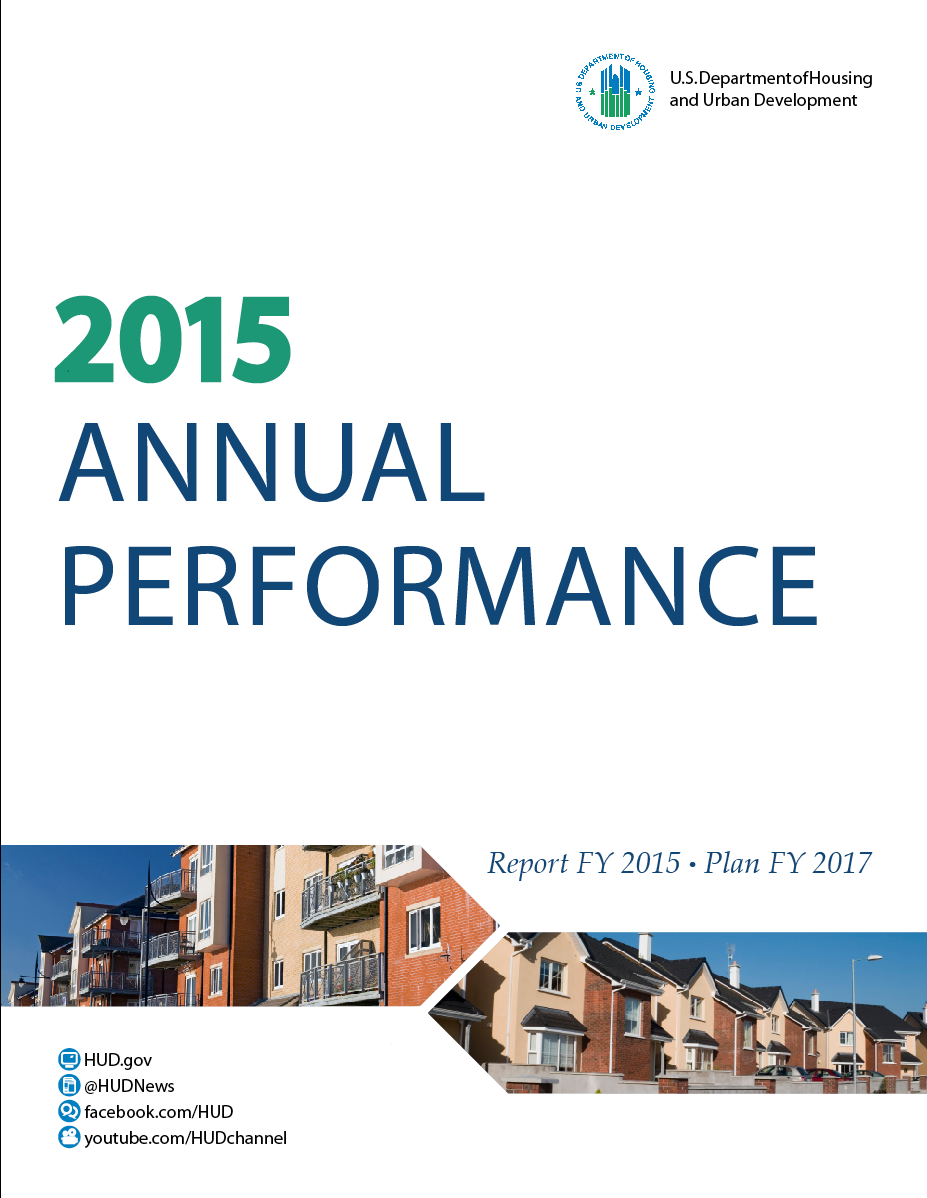- Home
- Agencies
- Department of Agriculture
- Department of Housing and Urban Development
- General Services Administration
- Department of Commerce
- Department of the Interior
- National Aeronautics and Space Administration
- Department of Defense
- Department of Justice
- National Science Foundation
- Department of Education
- Department of Labor
- Office of Personnel Management
- Department of Energy
- Department of State
- Small Business Administration
- Environmental Protection Agency
- Department of Transportation
- Social Security Administration
- Department of Health and Human Services
- Department of the Treasury
- U.S. Agency for International Development
- Department of Homeland Security
- Department of Veterans Affairs
- Goals
- Initiatives
- Programs
Primary tabs
Strategic Objective
Preserve the long-term availability of quality affordable rental housing, where it is needed most, through HUD’s many rental housing programs.
Strategic Objective
Overview
During the past 80 years, the federal government has invested billions of dollars in the development and maintenance of affordable public and assisted multifamily housing. Despite the sizable investment and the great demand for such housing, assisted units continue to be lost. Some units have been lost because of their deteriorated physical condition. Others, both publically and privately owned, have been removed from the affordable inventory because of owners’ decisions or because periods of affordability have expired. Some multifamily housing programs either have no option for owners to renew their subsidy contracts with HUD or do not support contract renewal on terms that attract sufficient capital to preserve long-term affordability. Moreover, the public housing stock faces an estimated $26 billion capital needs backlog that will be difficult to meet given federal fiscal constraints.
Rather than view these trends as an obstacle, HUD is taking advantage of the opportunity to update its housing stock and transition to funding strategies with more long-term viability. All the while, HUD remains committed to providing other decent, safe, sanitary, and affordable options for low-income renters through the Rental Assistance Demonstration (RAD), tax credits, Choice Neighborhoods, mixed financed public housing development, and other creative programs.
RAD makes it possible for public housing authorities to address capital repair and replacement needs of their properties, preserving these affordable rental units. RAD allows public housing authorities and owners of Moderate Rehabilitation, Rent Supplement, and Rental Assistance Payment developments to convert to long-term Section 8 rental assistance contracts so they can access private funding sources.
Progress Update
Toward its two year target of preserving 136,091 affordable rental housing units in 2014 and 2015, HUD reached 106,051 units (that is, an actual total of 36,128 units in FY 2014, compared to the FY 2014 target of 46,895 units, and an actual total of 69,923 units in FY2015, compared to the FY 2015 target of 89,196 units). A detailed explanation for this shortfall in rental units is described below.
The Office of Multifamily Housing was 6,024 units short of reaching their FY 2015 incremental target. Housing Programs were expected to gain 21,996 units, but ended up adding only 15,972 units; this is an increase of 3.49% over the FY 2013 cumulative baseline for all Housing Programs. The majority of the shortfall can be attributed to a slower-than-anticipated conversion of units to Project-Based Rental Assistance (PBRA) in the RAD program.
The Office of Public and Indian Housing missed its FY 2015 target of 56,071 units by 14,462 units. Two of Office of Public and Indian Housing’s biggest programs, Public Housing and Housing Choice Vouchers, set targets of decreasing the number of Public Housing units by 33,065 and increasing the number of utilized vouchers by 73,194. In actuality, the number of Public Housing units decreased by 17,750 and the number of Housing Choice Vouchers increased by 53,939. The smaller-than-targeted decrease in Public Housing units is due in part to slower-than-expected RAD conversions
The Office of Community Planning and Development (CPD) exceeded its target of 11,129 units by 1,213 units. This is largely due to better than expected performance in the HOME program. The Tax Credit Assistance Program and Neighborhood Stabilization Programs are retiring which will result in relatively lower CPD incremental target increases for CPD programs. Community Development Block Grants – Disaster Recovery was 9,311 units short of its 11,832 FY 2015 goal.
Meeting the need for quality affordable rental homes remains an Agency Priority Goal again for FY 2016 and FY 2017, with a two-year incremental target of adding 134,516 affordable rental housing units.









